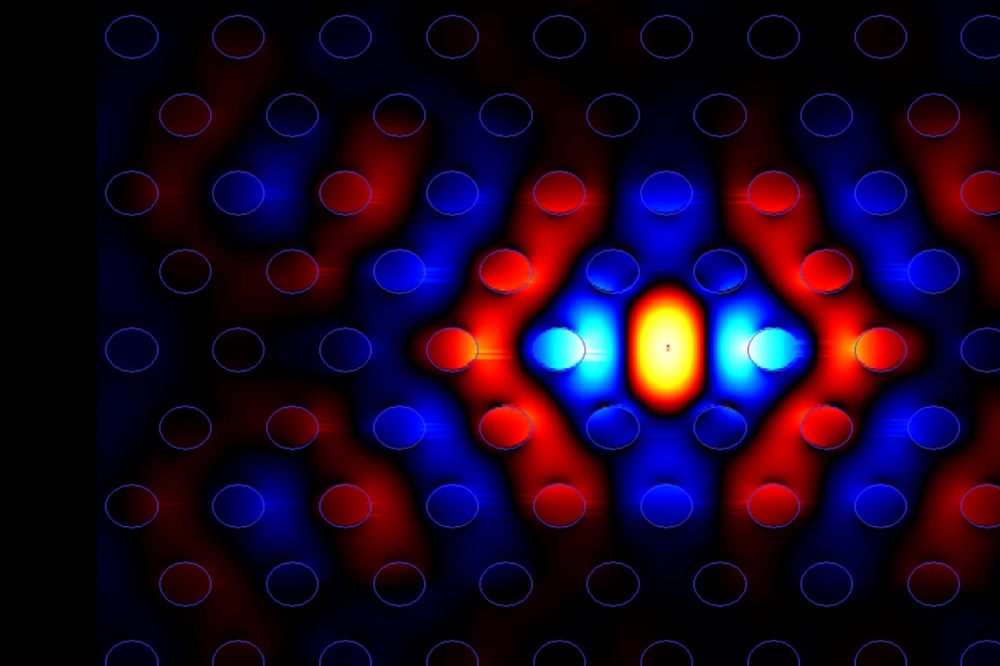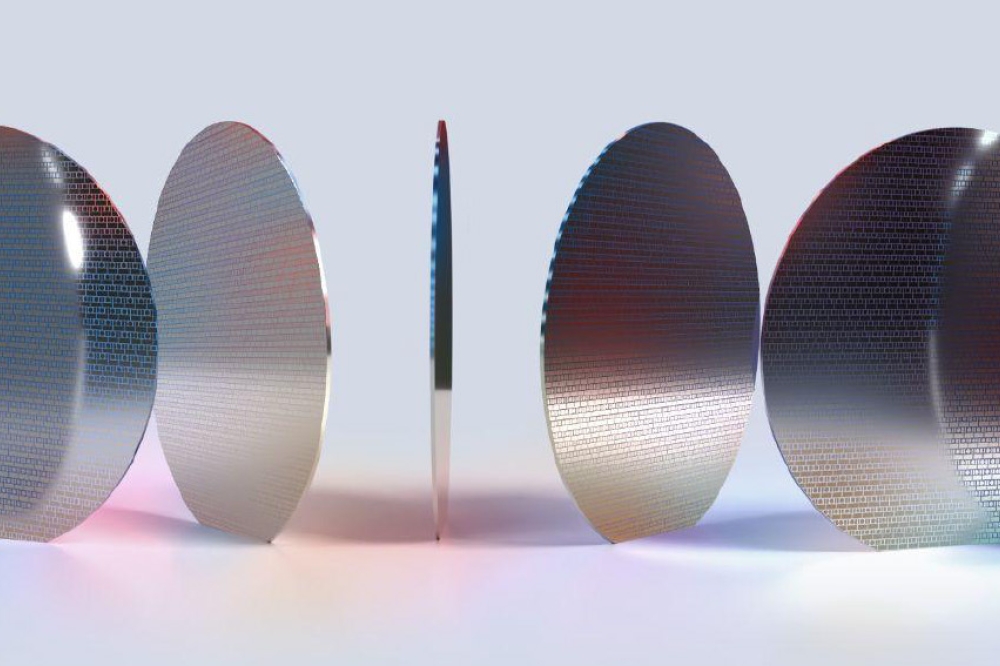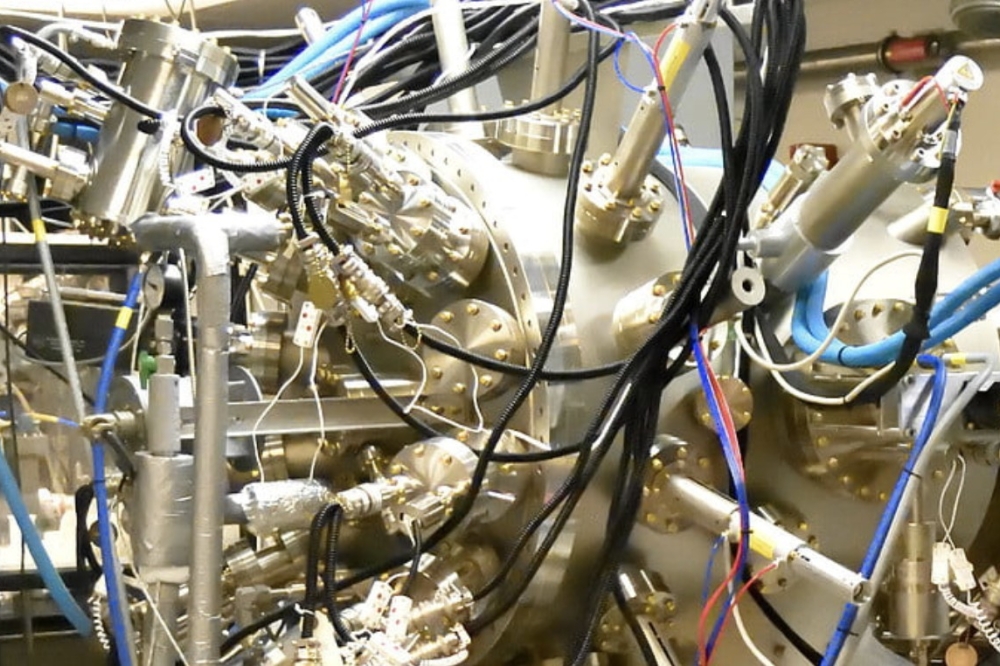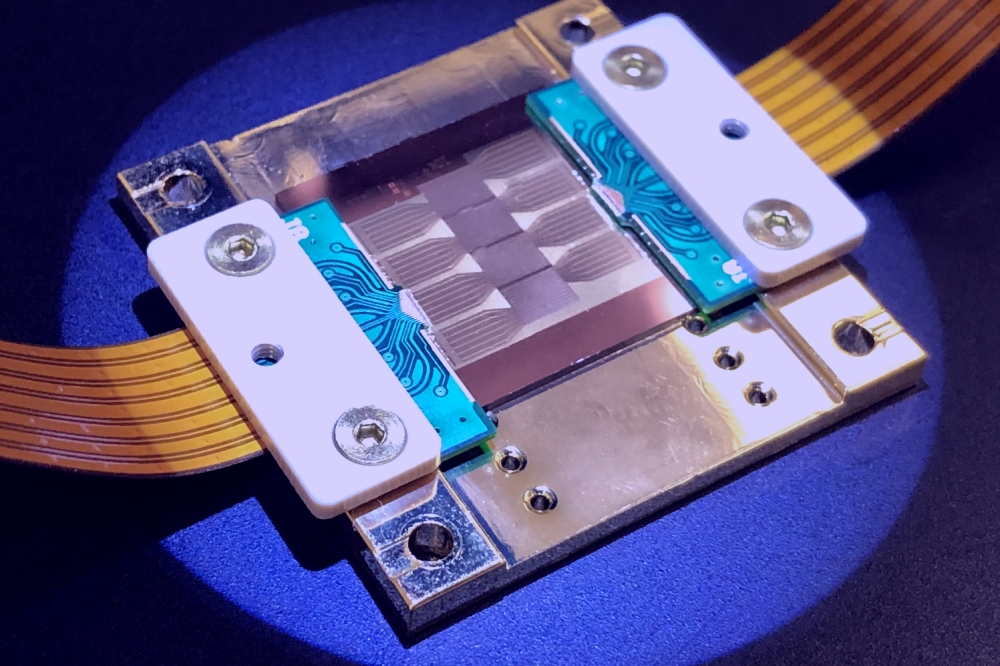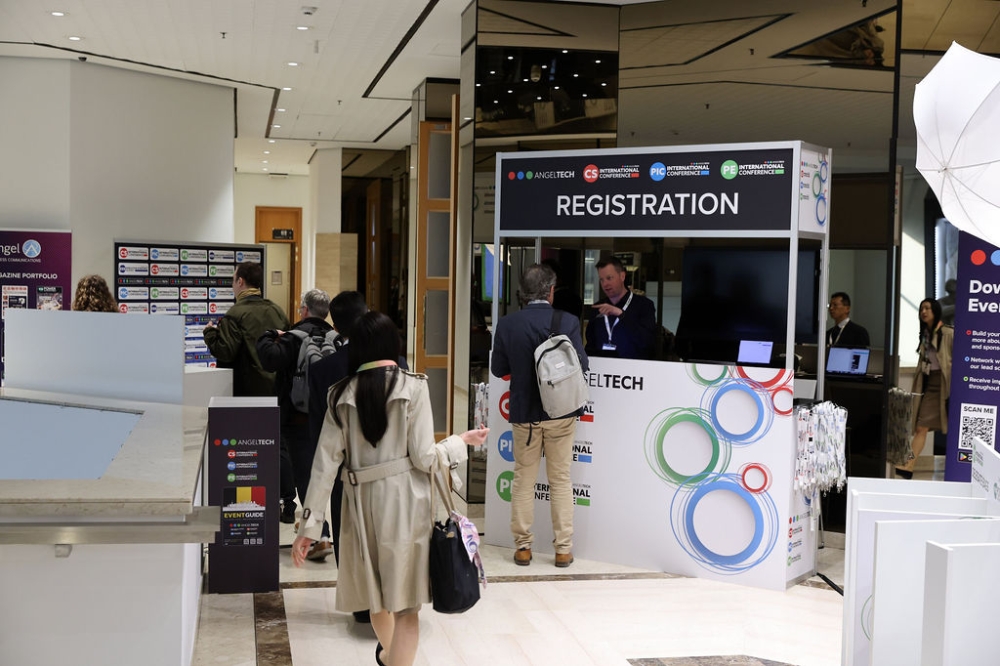Leibniz Supercomputing Centre deploys Q.ANT photonic processor

The research institute plans to evaluate the photonic chip for use in energy-efficient, high-performance computing architectures and to investigate real-world applications including climate modelling, real-time medical imaging, and materials simulation
Q.ANT has announced it has delivered its Native Processing Server (NPS) to the Leibniz Supercomputing Centre (LRZ), marking what the company describes as the first integration of an analogue photonic co-processor into an operational high-performance computing (HPC) environment. This deployment aims to enable LRZ to evaluate photonic acceleration for AI and simulation workloads, to offer a path toward higher performance with lower energy consumption.
According to Q.ANT, the collaboration with LRZ redefines how datacentres approach performance, footprint, energy efficiency, and system architecture, and marks a new chapter in computing – where analogue precision, powered by light, addresses the scaling crisis of AI infrastructure.
AI is increasing computing requirements and pushing high-performance datacentres to their limits in terms of power consumption, heat generation and space. Q.ANT says its photonic chip generates no heat and therefore needs no costly cooling measures, offering up to 90x lower power consumption per workload. Thanks to the special properties of light, complex calculations can also be performed faster and more efficiently on the photonic processor, potentially enabling a 100x increase in datacentre capacity, the company adds.
“Photonic processors offer a novel and promising path to accelerate AI and simulation workloads, while sharply reducing our environmental footprint,” said Dieter Kranzlmüller, chairman of the board of directors of LRZ. “This deployment marks a milestone in our future computing mission to advance energy-efficient AI and high-performance computing. Q.ANT’s NPS integrates easily into our existing infrastructure, allowing us to immediately evaluate its performance. Bringing in future technologies and opening up new avenues for our users would, however, not be possible without the continuous support from both the federal and Bavarian government.”
Michael Förtsch, CEO of Q.ANT, added: “Our collaboration with LRZ marks a pivotal milestone: for the first time in history, we're operating photonic processors in an HPC under practical workloads. With this step, we demonstrate that light-based processors have moved beyond research and into real-world application. This is a decisive step toward integrating photonic computing into the mainstream of next-generation computer architecture by 2030. The long-term commitment of the Ministry for Research, Technology and Space has been instrumental in enabling the breakthroughs that made this success possible.”
LRZ plans to use the Q.ANT NPS to establish new benchmarks and real-world use cases for applications such as climate modelling, real-time medical imaging, or materials simulation for fusion research. The first evaluation phase at LRZ involves installing several units of the latest generation Q.ANT NPS, selecting benchmark workloads, and testing real-world applications – particularly in AI inference, computer vision, and physics simulations. Later phases will include second- and third-generation NPS units for deeper evaluation.




